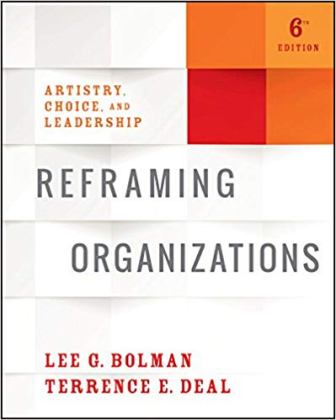Description
Test Bank for Introduction to Educational Research 2nd Edition A. Mertler
Test Bank for Introduction to Educational Research 2nd Edition By Craig A. Mertler, ISBN: 9781506366128, ISBN: 9781544337555, ISBN: 9781544337562
Table Of Content
Finding Answers to Questions
The Scientific Method
Educational Research—What It Is and What It Is Not
Educational Research as a Process
Knowing Your Specific Discipline
Educators as Researchers
Identifying and Limiting a Research Topic or Problem
Formally Stating and Refining Research Question(s)
Reviewing Existing Literature Related to the Problem
Writing a Literature Review
Developing a Research Plan
Implementing the Research Plan and Collecting Data
Analyzing the Data
Stating Findings, Conclusions, and Recommendations in a Written Research Report
The Educational Research Process—A Brief Example
Identifying a Research Topic or Problem
Necessary Terminology Related to Research
Research Questions and Hypotheses
Ethical Considerations in the Conduct of Research
Ethics in Qualitative Versus Quantitative Studies
Institutional Review Boards
Formal Preparation for Research with Human Participants
What Is a Literature Review?
Sources for Literature Related to Your Research Topic
Searching the ERIC Online Database
Searching the Google Scholar Online Database
Writing Your Literature Review
Not Just for Conducting Research—Valuable Sources for Professional Development
Characteristics of Qualitative Research
The Qualitative Research Process
Approaches to Conducting Qualitative Research
More About Ethnographic Research
More About Narrative Research
Characteristics of Quantitative Research
The Quantitative Research Process
Nonexperimental Research Designs
Experimental Research Designs
Threats to Validity in Quantitative Designs
Characteristics of Mixed-Methods Research
The Mixed-Methods Research Process
Approaches to Conducting Mixed-Methods Research
Validity in Mixed-Methods Research
Strengths and Limitations of Mixed-Methods Research
Characteristics of Action Research
The Action Research Process
Action Planning and Reflection
Validity in Action Research
Strengths and Limitations of Action Research
Purpose of a Research Proposal
General Aspects of a Research Proposal
Components of a Quantitative Research Proposal
Components of a Qualitative Research Proposal
Proposals for Action Research and Mixed-Methods Studies
Sampling Techniques in Qualitative Research
Qualitative Data Collection Techniques
Characteristics of Qualitative Data: Accuracy, Credibility, and Dependability
Qualitative Data Analysis Techniques
Sampling Techniques in Quantitative Research
Scales of Measurement
Quantitative Data Collection Techniques
Characteristics of Quantitative Data: Validity and Reliability
Quantitative Data Analysis Techniques
Importance of the Audience
General Guidelines for Writing a Research Report
Practical Guidelines for Writing
An Example of a Research Report





